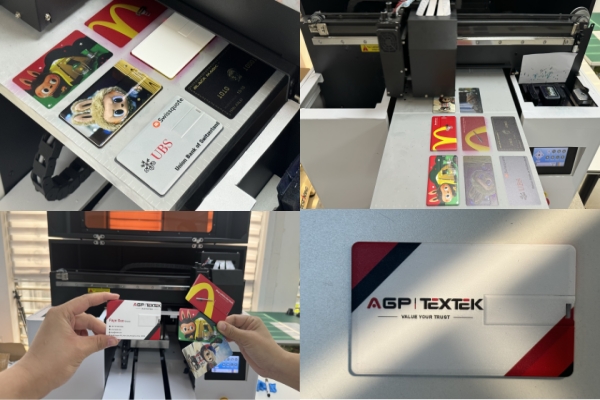24
Jun

Printing touches nearly everything around us, from the tags on our clothing to the signs in our neighborhoods. Traditional methods often require large dryers running for minutes, inks with harsh chemicals, and water systems that end up as waste. UV printing takes a very different path. It hardens ink almost the instant it meets ultraviolet light, which lowers energy demand, and avoids many of the pollutants tied to older techniques.
Here is a closer look at why UV printing is such a friend to the planet and how it works.
In a UV press, special UV inks pass beneath a source that emits UV rays. The ink solidifies in an instant, and there is no waiting for it to dry in the open air or drift through hot ovens. That instant cure makes each print ready to handle immediately, and it cuts electricity use since there are no prolonged drying cycles.
Traditional presses often rely on heated rollers or long periods of air drying that can last many minutes. A busy shop might spend almost as much on dryers as it does on running the printing equipment itself. With UV curing, you do away with most of that.
Just a few seconds under the lamp locks the ink in place. Over the course of a year, that simple change can add up to thousands of saved kilowatt hours and a sizeable drop in carbon emissions.
Many inks release harmful chemicals as they dry, creating strong odors and health risks indoors and contributing to smog outdoors. UV inks do not contain those solvents. Since the ink cures nearly instantly, there are no harmful chemicals in the air, and you don't need to install big ventilation systems.
When colors change on a conventional machine or when you need to test alignment, you often run several cycles that flush out ink and rinse water. Those fluids end up in the drain or in disposal containers. Any misprinted sheets can be recycled just as easily as unprinted ones. Over time, that adds up to far less paper and ink heading to the landfill.
Screen printers and some wide-format machines depend on water baths to stop inks from clogging nozzles or screens. That water quickly becomes contaminated, which must be treated or hauled away. UV printing leaves that step behind. The inks remain liquid until they meet the light, so you never need a water system. You cut both water use and the danger of harmful runoff.
UV printers place droplets exactly where they belong, layer by layer. You get sharp lines and bright colors without the bleed that can make you overprint. That accuracy means you use only as much ink as you need, cartridges last longer, and you buy and store fewer extra supplies. In a busy shop, those small savings translate into a real drop in material use.
Once ink is cured, it resists scratching, fading, and moisture far better than many other methods. Outdoor signs and labels remain crisp through sun and rain, and indoor graphics survive repeated handling. When prints last longer, you do not have to do replacements. That saves substrate, ink, power, and fuel.
Because setup time is minimal, UV presses handle small batches without fuss. You can run exactly the quantity required for a project, rather than pouring off hundreds of sheets or meters of material that might sit unused. Lower inventory means less storage space, fewer leftovers, and a smaller carbon footprint.
Once inks cure under UV light, they form a stable coating that does not leach harmful chemicals. Cardboard boxes, vinyl banners, or metal labels printed this way often meet standard recycling rules. That keeps more materials on the recycling line and out of landfills.
Removing the need for wash stations and solvent vats reduces hazards and the potential for spills that could seep into drains. Shop floors stay cleaner, accidents drop, and your team does not have to handle strong chemicals just to keep equipment running.
When you compare a UV press to a conventional setup over many years of service, the UV option often wins out. It uses less electricity, generates less waste, and demands fewer replaceable parts. Even the lamps and inks themselves are becoming greener, with newer LED UV sources drawing less power and requiring less maintenance.
If you want to make the switch, begin by measuring your shop's current energy and water use, along with the volume of waste you generate. Next, try a small UV press on a run and track power, ink consumption, and leftovers. Make sure your space has good airflow near the light source and store inks in sealed containers. Train your staff on how to manage uncured inks and how to dispose of any unusable materials in an eco‑friendly way.
UV presses may cost more upfront, but the savings show up quickly in lower bills, fewer consumables, and faster job changes. Many shops find that the investment at the start pays for itself in under a year.
UV printing brings bright, durable images to life while taking a softer approach to resources and pollution. By curing ink on contact, it lowers energy use, stops harmful fumes, and eliminates water‑based waste. Precision ink placement and long‑lasting results reduce both materials and repeat runs. With the freedom to print only what you need and to recycle more of what you create, UV printing offers a clear path toward a cleaner, more sustainable future.
